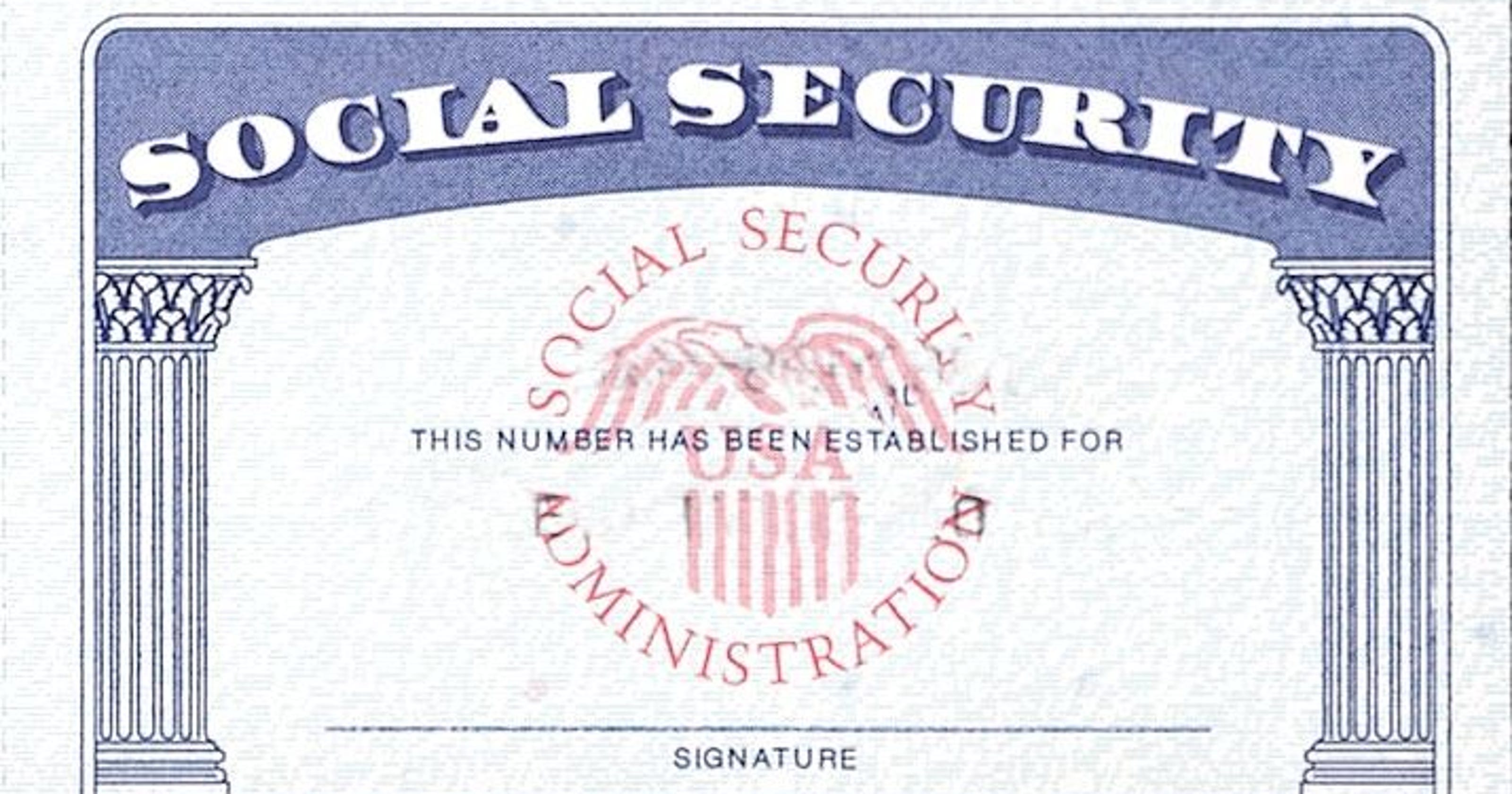
Or a 401(k), or a SIMPLE IRA or a SEP IRA….
It depends first on your relationship to the account’s original owner – were they your husband or wife? The IRS has one set of rules for spouses who inherit retirement accounts and another set for everyone else.
Next, it matters how contributions were made into the account. Were pre-tax dollars used, as with a traditional IRA, 401(k), SEP or SIMPLE IRA? Or were after-tax funds used, as with a Roth IRA or Roth 401(k)?
Lastly, to the extent you have options, ask yourself whether you need the funds you’ve inherited, and, if so, when.
OPTIONS WHEN YOU’VE INHERITED AN IRA FROM YOUR LATE SPOUSE
DO YOU NEED THE MONEY NOW?
If so, you can take a lump sum distribution and there will be no penalties if you are under 59.5 years old. In the case of a Traditional IRA, the entire distribution will be considered taxable income to you. For a Roth IRA, because taxes were paid on the dollars originally contributed, only the portion of the distribution that represents earnings (or growth, inside the account) will be taxable income. Depending on the size of the inherited account and your other income, taking a lump sum distribution could result in a large tax bill that year, so be cautious and consult your tax professional before doing anything.
An alternative for those needing to access the inherited funds in the near term is to make withdrawls over five years. To do this, you set up an Inherited IRA in your name and transfer the funds from your late spouse’s IRA into the new Inherited IRA and tell the IRS that you have elected to take distributions using the five-year method. You can choose how much to withdraw each year, but must exhaust the account by December 31st of the fifth year after the year of your spouse’s passing. This can be done with both Traditional and Roth IRAs and there will be no penalties on distributions if you are under 59.5 years old. One caveat is that you will not be able to make any contributions to that Inherited IRA over those five years.
DON’T NEED THE MONEY NOW?
You have two choices – transfer the funds into an account you own (a “spousal transfer“) or into an Inherited IRA in your name. The rules regarding future contributions and required minimum distributions differ significantly, so let’s compare and contrast the two options.
SPOUSAL TRANSFERS
First, know that spousal transfers are an option for surviving spouses only when they are the sole beneficiary of their late spouse’s account.
Now, after inheriting a Traditional IRA you can treat the funds as if they were your own and roll them into your own IRA account in a spousal transfer. You can make contributions to the account in future years if you have earned income. The funds are available for distribution anytime, but will be subject to a 10% penalty if you are under 59.5 years old and do not meet any of the IRS’s hardship exemptions. If your late spouse was already taking their required minimum distributions (RMDs), you must take the RMD for the year of their death. Going forward, no further RMDs will be required until you yourself reach 72 years old and those RMDs will be based on your age, not your late spouse’s.
After inheriting a Roth IRA you can also do a spousal transfer into your own Roth IRA. You can withdraw dollars that represent contributions anytime, penalty and tax free. You can withdraw dollars that represent earnings – or growth inside the account – penalty and tax free if you are at least 59.5 years old and five years have passed since your spouse’s Roth account was opened. Because the dollars used to fund a Roth IRA have already been taxed, there are no requirements for RMDs in Roth IRAs, even when they’ve been inherited.
INHERITED IRA ACCOUNTS
If you are not the sole beneficiary of your late spouse’s IRA, you may open an Inherited IRA in your name and roll the funds from your late spouse’s account into your Inherited IRA. Going forward, you can take distributions but cannot make contributions (ever).
If the IRA you inherited is a Traditional IRA, you can take distributions anytime and penalty-free if you’re younger than 59.5 years old. If your late spouse was taking required minimum distributions (RMDs), you must take his/her RMD in the year of their death. Thereafter, RMDs will kick in when you are 72 years old and be based on your age, not your late spouse’s.
If you’ve inherited a Roth IRA, you can withdraw dollars that represent contributions anytime penalty and tax-free. You can withdraw earnings – or growth inside the account – penalty-free regardless of your age. Withdrawls of earnings will also be tax-free so long as the account has been open for at least five years. The IRS does require minimum distributions or RMDs starting the later of (1) December 31st of the year following the year of your spouse’s death; or, (2) the date your late spouse would have turned 72.
WHAT IF I INHERITED AN IRA FROM A PARENT, SIBLING OR FRIEND?
It used to be a little complicated, but thanks to passage of the SECURE Act into law in December 2019, it’s now quite simple. Now, when you inherit an IRA or other retirement account – whether Traditional or Roth – you must take distributions of all funds in that account by December 31st of the tenth year following the death of the original account owner.[1]Distributions from Traditional IRAs will be taxable income to you and thus can create a sizable tax bill, depending on your other sources of income. Thankfully, the IRS gives you the freedom to decide how much to withdraw in each of those ten years, so you can work with your tax professional to come up with a strategy to minimize the taxes you’ll have to pay.
[1]There are some exceptions, namely, if the non-spouse beneficiary is a minor child, disabled or chronically ill or is less than ten years younger than the original account owner.









